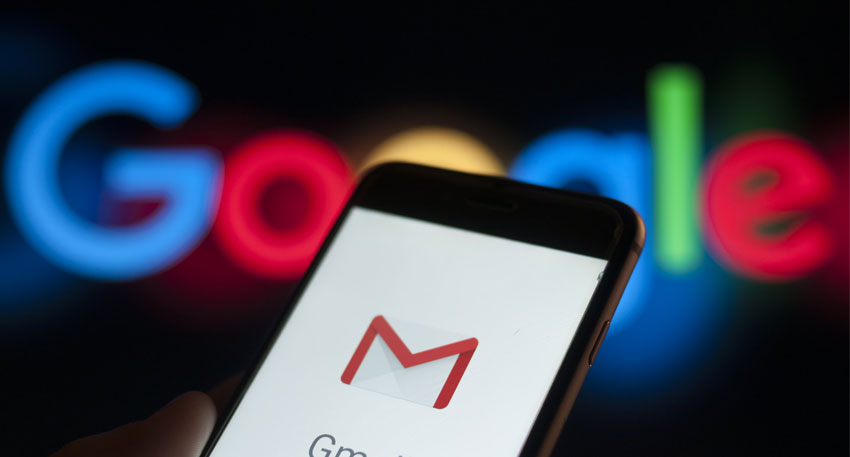
The Chang's-6 successfully performed a near-moon braking procedure before entering the circumlunar orbit at 10:12 a.m. (0212GMT), Xinhua News Agency reported citing a statement by the China National Space Administration.
The near-moon braking procedure is a key orbital control for Chang'e-6 during its flight. The braking makes its relative speed lower than the lunar escape velocity so that it can be captured by the moon's gravity and fly around the moon, according to the agency.
Last Friday, Pakistan successfully launched its first-ever lunar orbiter mission ICUBE-Qamar (ICUBE-Q) from the Wenchang Space Launch Site in China’s Hainan province.
A Long March 5 rocket carrying the Chang’e 6 was launched at 2:30 pm according to Pakistan Standard Time (PST), and reached the Moon orbit after a five-day journey.
The mission head added that the Institute of Space Technology (IST) would satellite’s onboard computer and communication system for the next five days.
Initial data from the ICUBE-Q will be received by the Chinese space agency till May 16. In Pakistan, the ICUBE-Q data will be received at the Space and Upper Atmosphere Research Commission (SUPARCO) and the Institute of Space Technology (IST).
Both Pakistan and China will use the data received from the ICUBE-Q.
The ICUBE-Q has been developed completely by Pakistani experts. The objective of the Chang’e 6 mission is to obtain soil and rock samples from the South Pole of the Moon.
Pakistan’s space mission is completely different from India’s, experts have claimed.
In a special conversation with Suno Digital, Prof Dr Javed Iqbal of the Institute of Space and Technology explained the difference between the space missions of Pakistan and India.
He said the Pak-China joint space mission to the moon has two cameras, adding these two cameras will take pictures and send them back to Earth.
The uniqueness of the Pakistani space mission is that it will return to Earth after taking pictures on the moon. The Indian spacecraft also sent pictures from the moon, but it remained there and did not return to Earth.
To a question about the future benefit for Pakistan on the success of the space mission, he said Pakistan’s satellite will orbit the moon for the first time, adding six satellites of Pakistan are already in space used for different purposes.
To a question about collaboration with China for the launch of Pakistan’s satellite, Prof Dr Javed Iqbal said: “We do not have a launching pad. All the satellites launched earlier were sent into space with the help of China.”
It merits a mention here that this space mission is of great importance for Pakistan, for it contains the ICUBE-Q satellite developed by the Institute of Space Technology.
ICUBE are small satellites known for their small size and standard design. They are built in cubic shape and are made of modular components that adhere to specific size criteria.
These satellites often weighed no more than a few kilograms and were launched into space for various purposes. The primary purpose of CubeSats is to facilitate scientific research, technological development and educational projects related to space exploration.
CubeSats have been used for a variety of missions, such as observing Earth, studying the atmosphere, remote sensing, facilitating communications, astronomy, and demonstrating new technologies.
Because of their small size and low cost compared to larger satellites, CubeSats provide opportunities for universities, research institutes, and commercial companies to participate in space missions and collect data critical to scientific development and innovation.
They also serve as a platform for experimenting with new technologies and ideas.
It should be noted here that the process of sending space missions to the moon has been going on for a long period of time with successes and failures.
So far, five countries across the world have sent their space missions to the moon, including the United States, Russia, China, Japan, and India.
Now an American company has also become the first private company to land safely on the surface of the moon. A space vehicle from a private company called Intuitive Machines landed on the surface of the moon. The space vehicle was developed through a programme sponsored by NASA.




